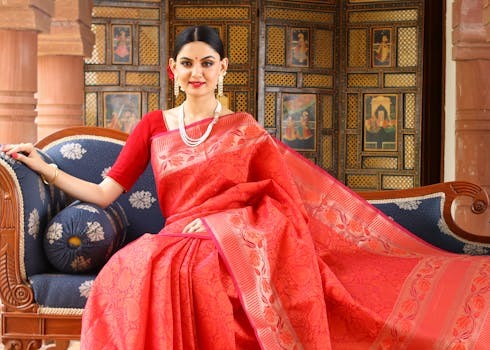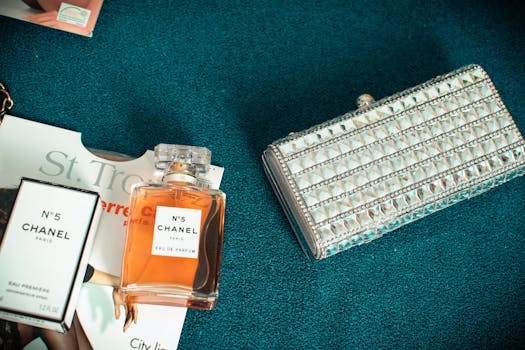
Fashion History: Iconic Styles That Shaped the Industry
Takeaways: This article delves into the evolution of fashion, spotlighting key styles and trends from different eras. Discover how these iconic looks have influenced contemporary fashion and shaped the industry.
Fashion is not just a reflection of personal style; it is a narrative of cultural evolution. The garments we wear tell the story of society, art, and history. In this article, we will explore some of the most iconic styles that have shaped the fashion industry, influencing designers and consumers alike.
The Flapper Era: The Roaring Twenties
The 1920s, often referred to as the Roaring Twenties, marked a significant turnaround in fashion. Women’s liberation was at the forefront, and with it, the flapper style emerged. Characterized by dropped waistlines, short hemlines, and loose silhouettes, flapper dresses allowed women to move freely, reflecting their newfound independence.
Key elements of flapper fashion included:
- Bobbed Hair: A radical departure from traditional long hairstyles, the bob cut symbolized modernity.
- Beaded and Fringed Dresses: These dresses were often adorned with sequins and beads, making them perfect for the lively dance halls of the time.
- Jazz Influence: The rise of jazz music influenced the carefree spirit of the era, which was mirrored in the fashion choices of the time.
The flapper style not only revolutionized women’s fashion but also paved the way for future generations to embrace more comfortable and expressive clothing.
The Golden Age of Hollywood: Glamour and Elegance

Key characteristics of this era include:
- Classic Silhouettes: The hourglass figure was celebrated, with fitted bodices and flared skirts dominating women’s fashion.
- Luxurious Fabrics: Silk, satin, and velvet were commonly used, reflecting the opulence of the time.
- Red Carpet Influence: The emergence of the red carpet event showcased celebrity fashion, inspiring fans to emulate their favorite stars.
This era not only solidified the relationship between fashion and film but also established the idea of celebrity culture that continues to influence trends today.
The 1960s: The Rise of Youth Culture
The 1960s brought about a cultural revolution that was reflected in fashion. This decade saw the rise of youth culture, with trends that challenged traditional norms. Designers like Mary Quant and André Courrèges introduced bold styles that were both innovative and accessible.
Notable trends from the 1960s include:
- The Mini Skirt: A symbol of the sexual revolution, the mini skirt epitomized youthful exuberance.
- Psychedelic Prints: Bright colors and bold patterns dominated, influenced by the counterculture movement.
- Mod Fashion: Characterized by geometric shapes and sleek lines, mod fashion became a major trend in urban centers.
The 1960s were pivotal in democratizing fashion, making it accessible to a broader audience and encouraging individual expression.
The 1980s: Power Suits and Punk Rock

Key fashion elements of the 1980s included:
- Padded Shoulders: This trend symbolized empowerment and authority in the workplace.
- Denim and Leather: Punk fashion embraced these materials, often customized with studs and patches.
- Bright Colors: Neon shades became synonymous with the decade, reflecting a carefree, fun-loving attitude.
The eclectic nature of 1980s fashion set the stage for future generations to explore and mix styles in ways that had not been seen before.
Conclusion








